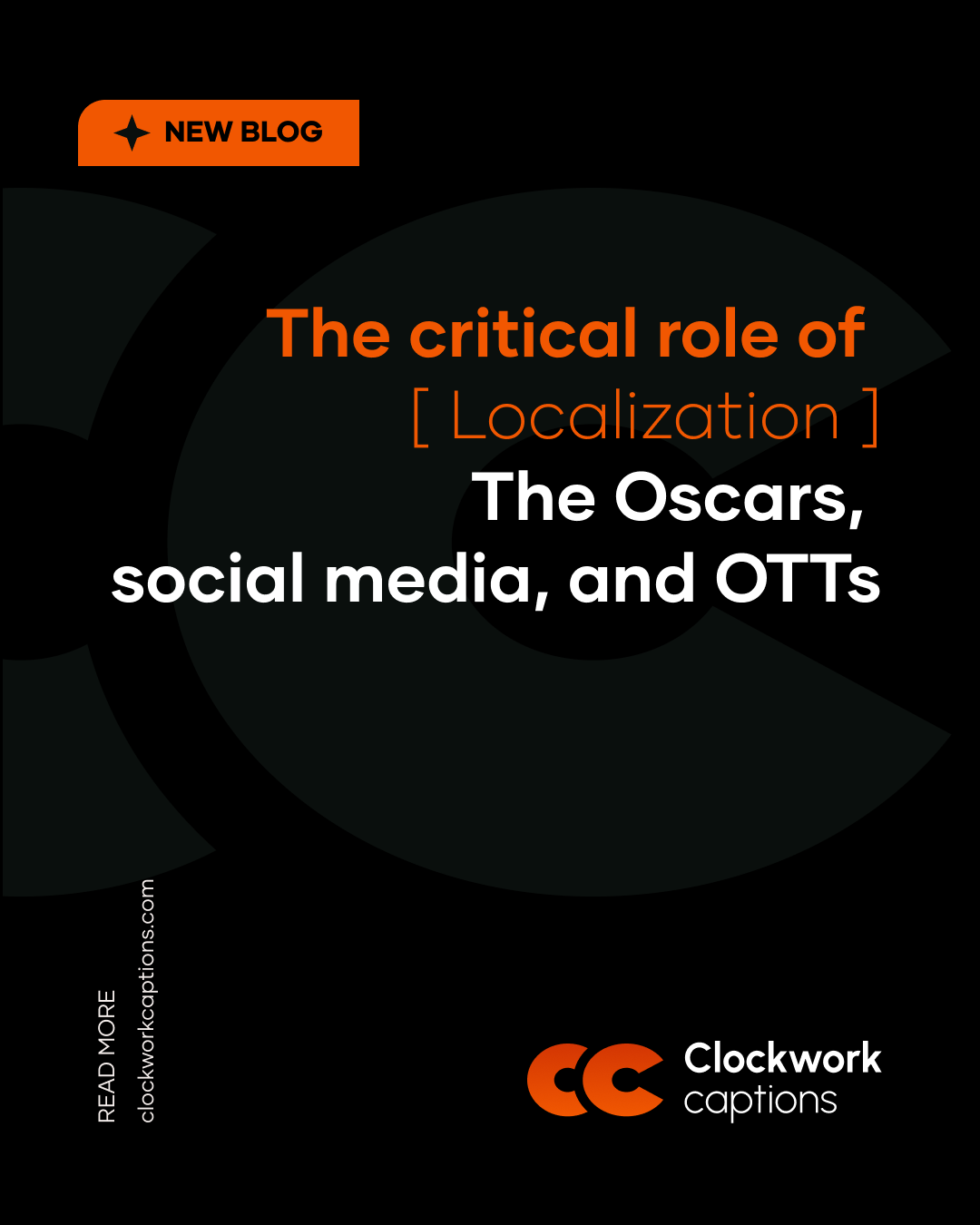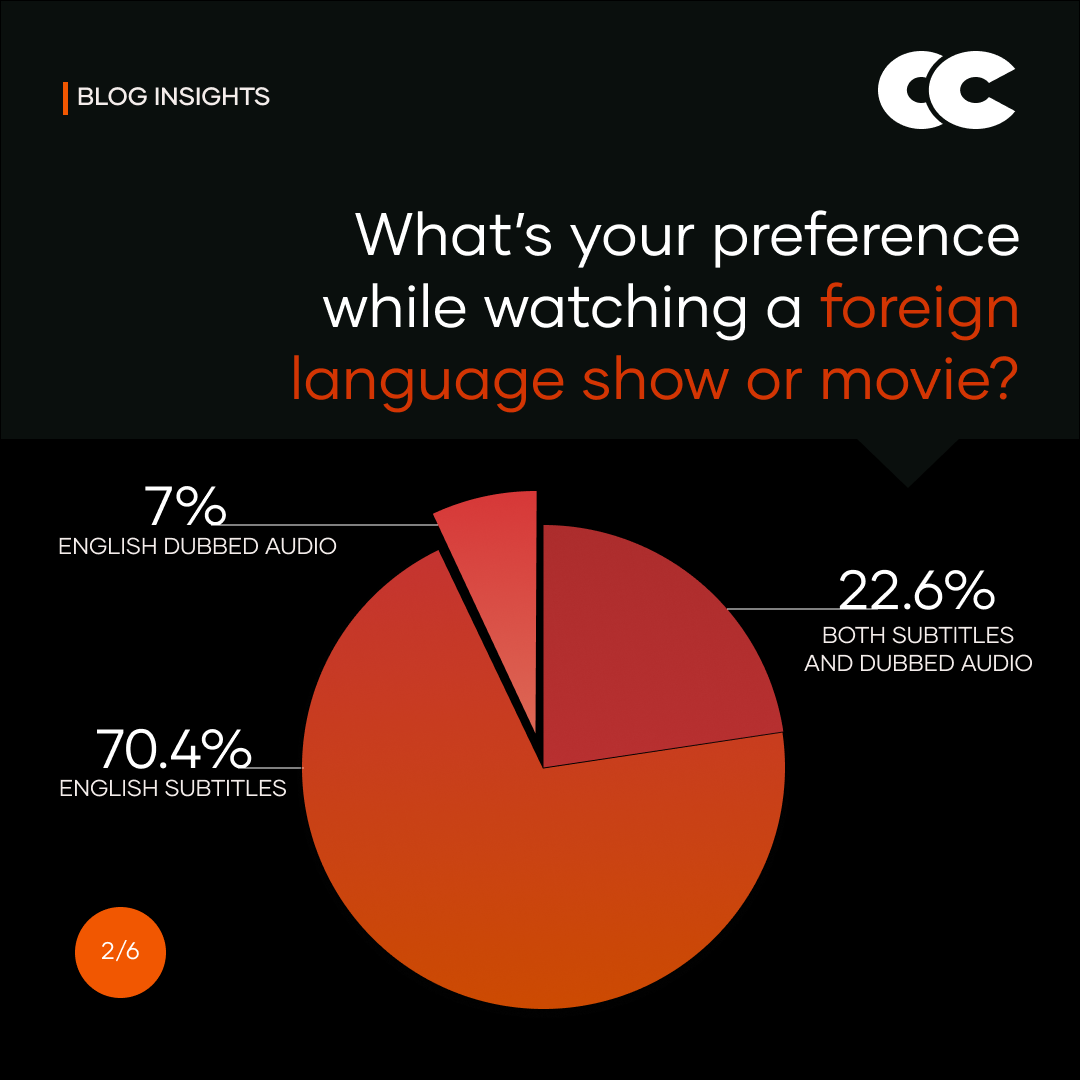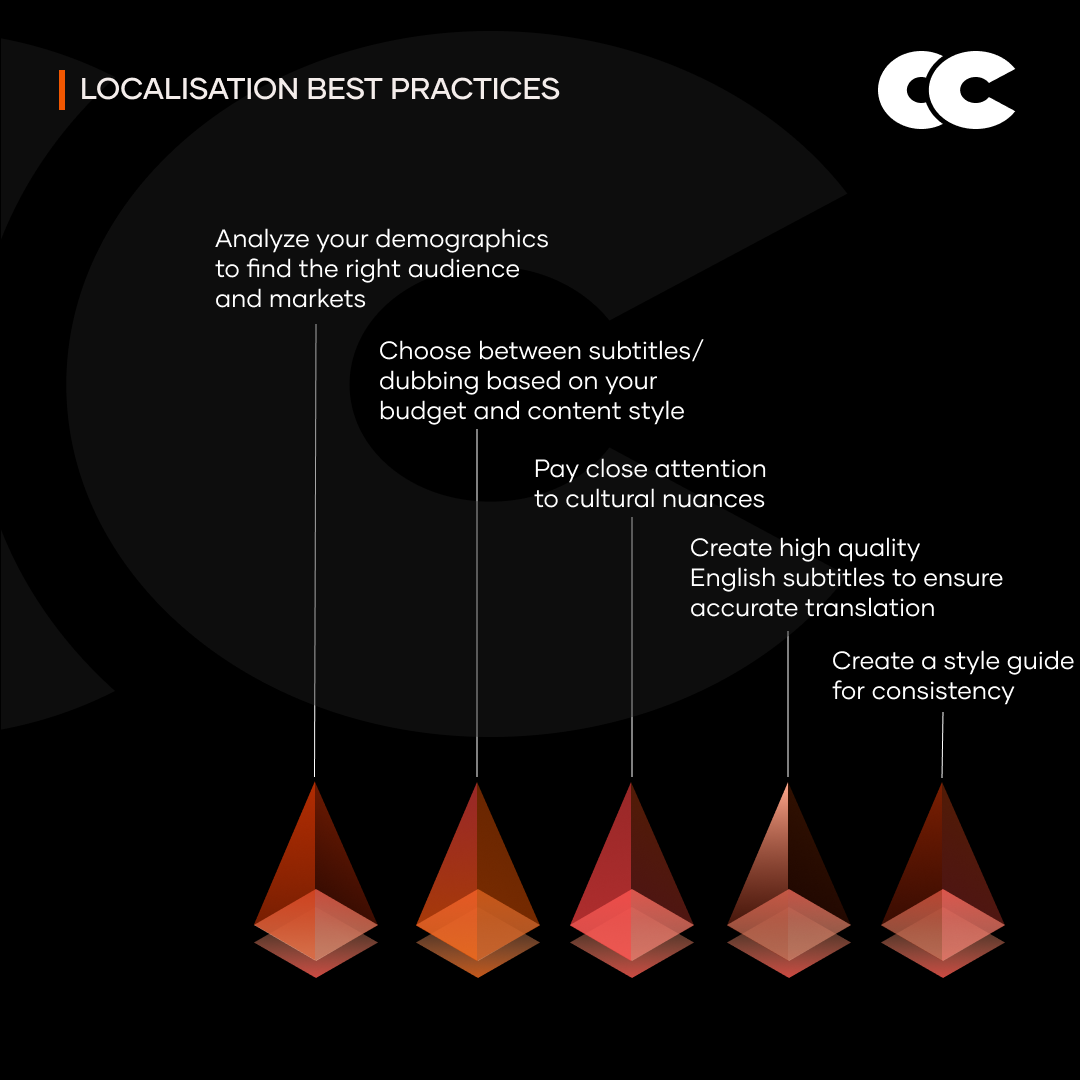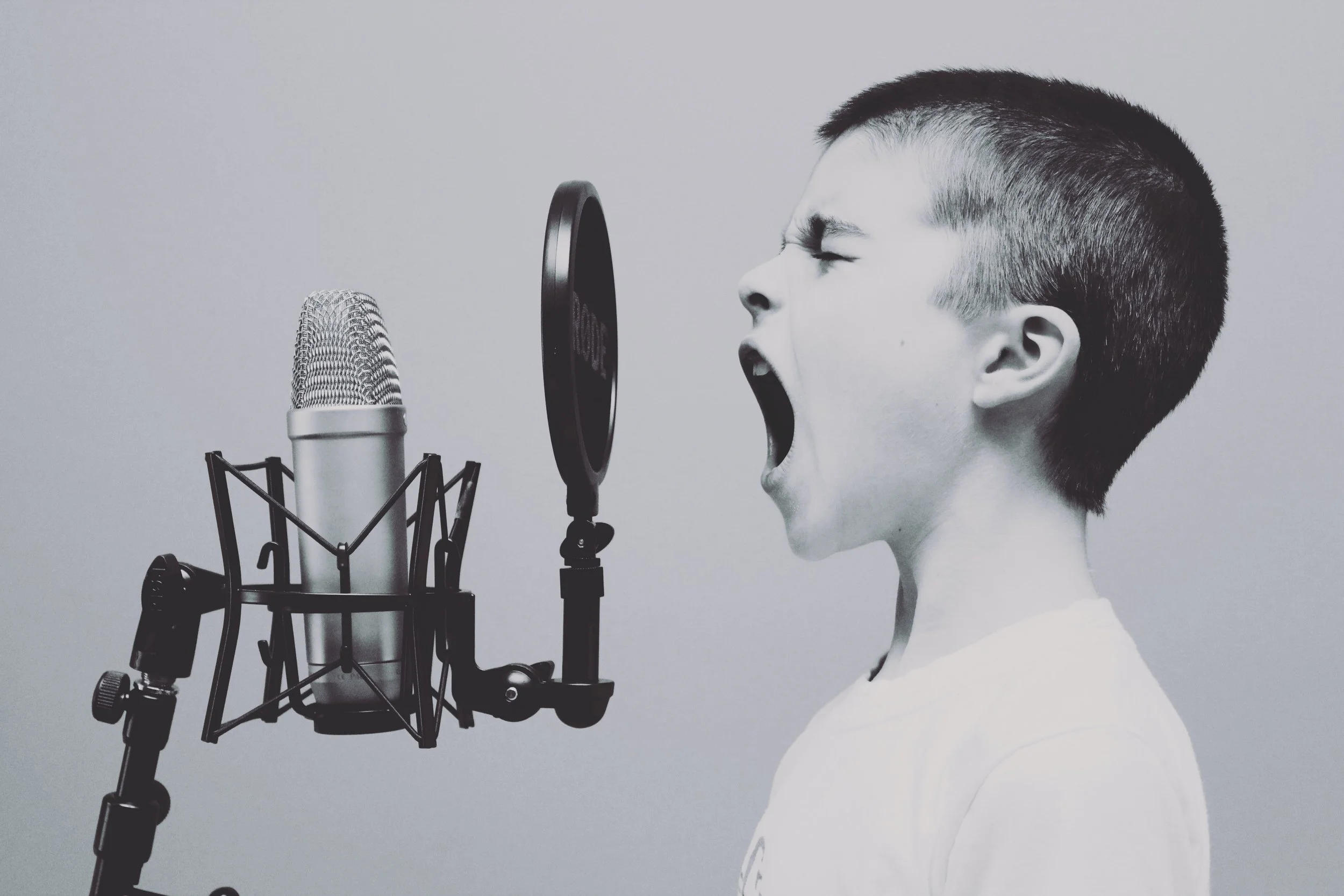subscribe. comment. share.
subscribe. comment. share.

The Clockwork Workflow That Mastered Overnight Subtitling Turnarounds
For a massive global series, we faced a 17.5-hour, overnight deadline, seven days a week, with zero tolerance for errors on unreleased content. Discover the "Precision Cycle"—our military-grade workflow, dedicated late-evening teams, and a Double-QC Protocol that guaranteed 100% accuracy and never missed an international broadcast window. See how we transformed logistical nightmares into flawless daily delivery.

The Critical Role of Localization: Globalization of The Oscars, Social Media, and Streaming Platforms
Recent research reveals a game-changing trend: international content is no longer niche—it's mainstream. The Oscars now celebrate non-English films, streaming platforms are investing billions in global productions, and social media is breaking down language barriers.
For businesses and content creators, the message is clear: quality localization is no longer optional. It's the key to unlocking global audiences and driving meaningful engagement.
Are you ready to transform your content strategy and go global? Check out our latest blog post to learn how sophisticated localization can be your secret weapon in an increasingly connected world.
#ContentStrategy #GlobalBusiness #Localization #MediaInnovation #GlobalCommunication
![Oscar Night 2025: Predicting Winners in Hollywood's Fiercely Competitive Season [Winners added]](https://images.squarespace-cdn.com/content/v1/586b4a12ebbd1a367d3c0f96/1740780767245-9C0GIQQW1U0HV1PJ8OIB/91503989-2fe7-489f-9dbd-48be3385ed49.sized-1000x1000.jpeg)
Oscar Night 2025: Predicting Winners in Hollywood's Fiercely Competitive Season [Winners added]
"Oscars 2025 predictions highlight tight races across multiple categories, with 'Anora' and 'Conclave' battling for Best Picture, Sean Baker and Brady Corbet for Best Director, and international standouts 'Emilia Pérez' and 'I'm Still Here' competing for top honors. This unpredictable awards season, shaped by recent DGA, PGA, and BAFTA wins, promises cinematic suspense as dual frontrunners vie for gold in key categories.

How to Prioritize Languages When Localizing Your YouTube Videos
Want to explode your YouTube views and build a global empire? This blog reveals how to pinpoint the perfect languages for your content. Learn how to use YouTube's secret analytics, uncover hidden high-CPM regions, and test the waters before you commit to full localization. Discover the key to unlocking massive international audiences and turning viewers into loyal fans – read on to find out how!

Drive More Views on YouTube: Effective Localization Tactics Ranked by Cost and Effort
Unlock the full potential of your YouTube channel with a simple yet powerful change: adding multilingual subtitles to your videos. This article reveals how this small adjustment can lead to higher visibility in search results, significantly boosting your rankings and attracting more views.

Are Subtitles The New Norm For Watching Video Content? - Part 2
Subtitles have transformed from a tool for the hearing impaired into a game-changer for all viewers. Discover how these simple text overlays can enhance your viewing experience, break down language barriers, and even aid in language learning. Curious about the surprising benefits of subtitles and how they shape our modern media consumption? Click to explore the full article!

Dubbing or Subtitles: Here Are the Best Localization Practices to Expand Your Audience and Boost Your Views
Our team of localization experts have put together a checklist for effecient localization to maximize views and expand your audience. Learn the best practices for using subtitles and dubbing to cater to diverse viewers. Discover how to address cultural nuances and ensure high-quality translations. With expert tips on selecting the right localization partner, you can take your YouTube channel to new heights.

AI Dubbing: Is It Good Enough?
Ever wondered what it would be like to watch your favourite show in a language you don't understand, but with perfectly synced lips and a voice that sounds eerily similar to the original actor? Well, AI dubbing is here to make that possible. But is it really as good as it sounds? Join us as we dive into the world of AI dubbing, exploring its triumphs and its hilarious failures. From mispronunciations to awkward pauses, we'll reveal the shocking truth about this emerging technology.

Are subtitles the new norm for watching video content? - Part 1
Discover why subtitles have become a staple for modern video content. Explore the challenges of hearing dialogue in today's films and TV shows, including the rise of naturalistic performances, wide dynamic ranges, and subpar listening devices. Learn how technological advancements have both enhanced and hindered audio clarity. Understand the trade-offs between creative vision and accessibility, and discover how subtitles offer a practical solution to ensure that everyone can enjoy their favorite content.

Unveil the Hidden Hacks: Boost Your Freelance Captioning Game to the Max!
What one should look out for as a freelance editor.

The Benefits of Industry - Specific Localization
How can industry-specific localization benefit different industries?

Voice-Overs vs Dubbing - Let's get to the bottom of this.
Voice-Overs vs Dubbing - Which one should you choose and why!

Money Heist - A Masterstroke in Localization Strategy
A quick look at how Money Heist used Localization as a strategy for global infamy.
